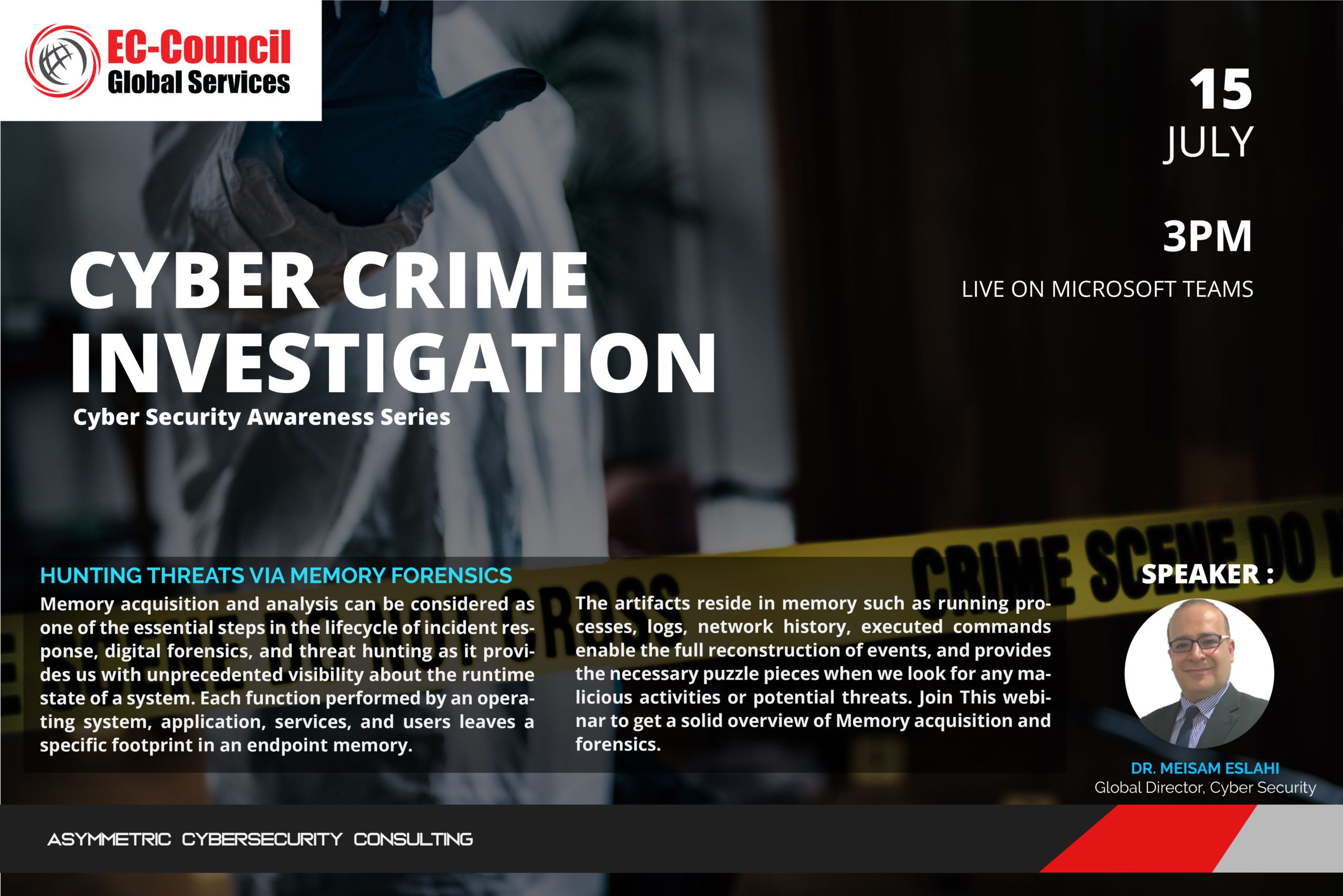In an era where technology is pervasive, cybercrimes have become increasingly prevalent. From hacking to identity theft, cybercrimes can cause significant harm to individuals, businesses, and society at large. Investigating these crimes is crucial to apprehend the perpetrators, gather evidence, and prevent future incidents. This article delves into the ten crucial steps involved in investigating cybercrimes. The first step is to identify the nature of the offense. Then, secure the affected systems to preserve potential evidence and prevent further damage. Collect digital evidence from various sources and analyze the crime scene to reconstruct events and identify the modus operandi. Tracing the cybercriminal can be complex, requiring collaboration with different agencies. Interviews with witnesses and victims can provide valuable insights, and collaboration with forensic experts enhances the investigation. Adhering to legal processes and acquiring necessary warrants is imperative, and collaboration with law enforcement agencies increases the chances of successful prosecution. By following these steps, investigators can navigate the complexities of cybercrime investigations and protect individuals and organizations from future threats.
1. Understanding the Importance of Investigating Cybercrimes
In an era where technology is pervasive, cybercrimes have become increasingly prevalent. From hacking to identity theft, cybercrimes can cause significant harm to individuals, businesses, and society at large. Investigating these crimes is crucial to apprehend the perpetrators, gather evidence, and prevent future incidents. This article delves into the ten crucial steps involved in investigating cybercrimes.
2. Identifying the Crime
The first step in investigating cybercrimes is to identify the nature of the offense. This can range from financial fraud to online harassment or even cyber-terrorism. A clear understanding of the specific crime committed is essential to guide subsequent investigative efforts effectively.
3. Securing the Affected Systems
Before any investigation can commence, it is paramount to secure the affected systems. This may involve isolating compromised devices from the network, disabling relevant accounts, or initiating data backups. By securing the systems, investigators can preserve potential evidence and prevent further damage.
4. Collecting Digital Evidence
Digital evidence plays a critical role in cybercrime investigations. Investigators must carefully collect relevant data from various sources, such as log files, emails, social media profiles, and device backups. Techniques like data recovery and forensic analysis are employed to ensure the preservation and accuracy of evidence.
5. Analyzing the Crime Scene
Similar to traditional crime scenes, cybercrime scenes require thorough analysis. Investigators scrutinize network traffic, inspect system logs, and examine data trails left behind by criminals. By reconstructing the sequence of events and identifying malicious activities, investigators can gain insights into the modus operandi and potential motives of the perpetrator.
6. Tracing the Cybercriminal
Tracing the origin and identity of a cybercriminal can be complex. Investigators employ various techniques like IP tracking, network analysis, and digital forensics to ascertain the location, infrastructure, and potential suspects involved. Collaboration with internet service providers, cybersecurity agencies, and international counterparts may be necessary to track down these individuals.
7. Interviewing Witnesses and Victims
Interviews play a significant role in cybercrime investigations, particularly when collecting additional evidence or verifying facts. Investigators may interview victims of the cybercrime, witnesses to the incident, or individuals with knowledge of the case. Conducting interviews can provide valuable insights and corroborate digital evidence.
8. Collaboration with Forensic Experts
Collaborating with forensic experts is crucial in cybercrime investigations. These experts possess specialized skills in data recovery, analysis, and forensic tools. Their expertise can help uncover hidden evidence, decrypt encrypted data, or provide technical support in complicated cases. Working in tandem with forensic experts enhances the effectiveness of the investigation.
9. Legal Processes and Warrant Acquisition
To ensure the integrity of the investigation, adherence to legal protocols and securing necessary warrants is imperative. Investigators must navigate legal channels, gaining appropriate permissions and court orders to access confidential information, intercept communications, or seize physical devices. Compliance with local and international laws mitigates potential legal challenges in the future.
10. Collaboration with Law Enforcement Agencies
Lastly, collaborating with law enforcement agencies is essential for successful cybercrime investigations. Sharing information, pooling resources, and coordinating efforts across jurisdictions can help bring cybercriminals to justice. The involvement of specialized units, task forces, or cybersecurity agencies maximizes the effectiveness of the investigation and increases the chances of successful prosecution.
Conclusion
Investigating cybercrimes requires a combination of technical expertise, meticulous examination of digital evidence, and adherence to legal protocols. By following these ten crucial steps, investigators can navigate the complexities of cybercrime investigations, apprehend the perpetrators, and protect individuals and organizations from future threats.
